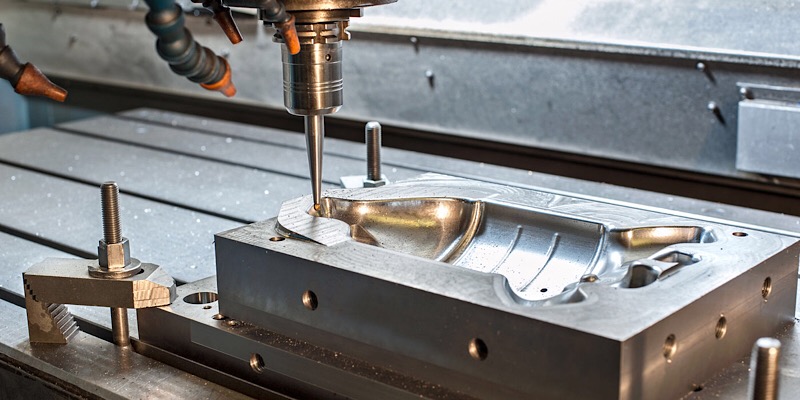Rapid tooling is actually the newest and most utilized technology in the prototyping process. With this technique, the designers can make a number of prototypes in a less period of time as compared to the conventional tooling process. For several industries and businesses, this method is truly one of the best options to create molds and tools. In order to get the maximum out of this tooling process, you should have knowledge regarding the type of rapid tooling which one should utilize. Majorly, there are two different types of rapid tooling and they are direct tooling and indirect tooling and both these processes have their own advantages and disadvantages. Some designers and engineers want to opt direct tooling in order to get benefits while others want to go with the in-direct tooling process. Below we will discuss both the processes and then you can decide with which process you want to go.
First, we will discuss the direct tooling process and with this process, you can perform things like: the engineers are allowed to create the mold or tool using the software CAD. The next step is to send the file to the machine in order to create that actual mold that can be utilized to generate tools or molds. Here in this process, the machine diminishes the raw material in order to make the shape or pattern. Then the tool or you can say the mold created can further be utilized to create prototypes.
And now the indirect tooling and with this process, you can perform steps like you can be able to create a mold using the software named CAD. Then just like the direct tooling, you need to send the machine in order to create the mold. This type of tooling is well known for its durability. This process allows you to create molds particularly on the basis of major patterns or designs. This process requires a number of resources but it is utilized by a number of designers as in terms of durability, it is one of the best tooling processes.
Here are the few advantages and disadvantages of both these processes. First the advantages of direct tooling:-
This Rapid tooling process ensures quick production and short production time as well. A less number of resources are there including little steps as well. It can design a number of prototypes from a single mold. It is quite flexible and changes in terms of design can also be done.
Now the advantages included in indirect tooling:-
The master design is highly durable. One only needs to invest in the mater design or pattern. It allows you to create both hard and soft tools and designs can also be created as per your desires. This process is economical also. In this process, different materials can be utilized in order to create various patterns and shapes.
For product designers, indirect
tooling is the most ideal and preferred option. So, the advantages have been
included in this article related to both the processes. You can figure out
which option suits you best.
